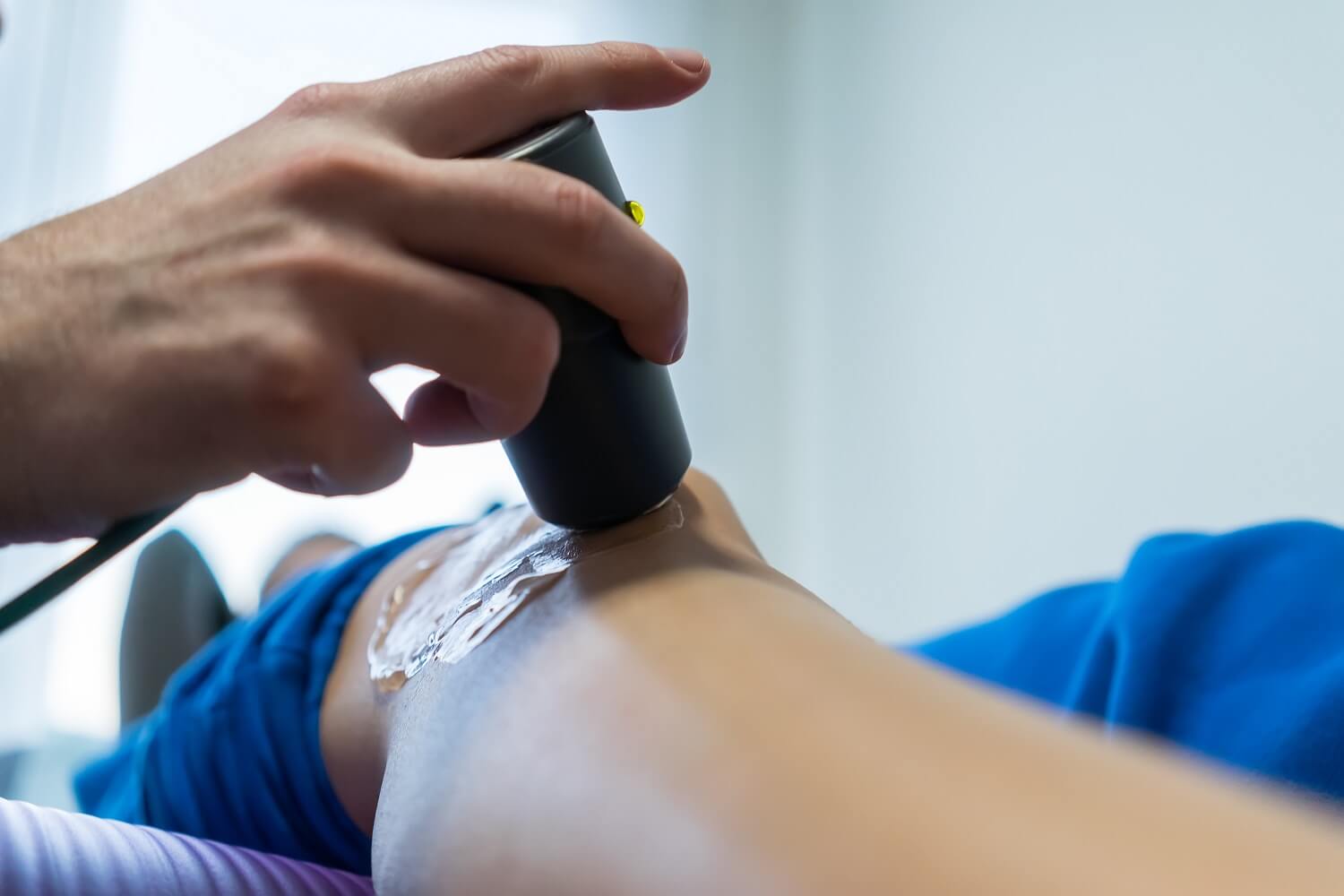WHOM IS PHYSIOTHERAPY FOR?
Physiotherapy is a recognized health profession that can help athletes, injured workers (CNESST), road accident victims (SAAQ), people with back pain, sprains, tendinitis, fractures, chronic pain, and more. Young children as well as adults or the elderly can benefit from physiotherapy treatments. In addition to treating problems in the muscles, joints and bones, physiotherapy can also be used in cases of neurological diseases, circulatory or respiratory.
PHYSIOTHERAPY EVALUATION
A physiotherapy treament program begins with an evaluation consisting of questions, tests and maneuvers giving information on the mobility of the joints, the strength and endurance of the muscles, the functional abilities, muscular tone and reflexes, posture, gait and sensitivity. This data helps to analyze the nature of the problem and its cause, to determine treatment goals, and then to establish a treatment plan that is appropriate to the needs and desires of the client.
During the first meeting with his client, the physiotherapist will proceed to assess the condition but also give advice and / or provide initial interventions that will help the client feel better. Note that it is not necessary to be referred by a doctor to consult in physiotherapy. Most insurance companies offer coverage for physiotherapy treatments, if they are not already reimbursed by the CNESST (accident at work) or the SAAQ (road accident).
PHYSIOTHERAPY TREATMENTS
Physiotherapy treatments may include:
-
- Various manual techniques provided by the therapist.
-
- The teaching and practice of exercises that will promote the recovery and / or improvement of the condition.
-
- Advice adapted to the problem of the client so that he is more autonomous in the management of its symptoms, that the recovery is faster and / or that the problem does not reappear in the future.
-
- The use of electrotherapy devices (ultrasound, TENS, etc.)
-
- The use of heat and / or ice.
-
- Taping application.
-
- Hydrotherapy (whirlpool bath).
OUR PHYSIOTHERAPY PHILOSOPHY
Curious, our therapists seek to understand the comprehensiveness of the problem in order to direct their treatments towards the source of the problem, rather than just towards the symptoms. Our approaches are tailored to everyone and we team up with our clients to help them and motivate them to recover.
OUR PHYSIOTHERAPY APPROACHES
Always on the lookout for the latest advances in their field, our team is trained in various treatment approaches, including:
PROBLEMS TREATED IN PHYSIOTHERAPY
It is possible to consult in physiotherapy for multiple conditions, including the following:
-
- Tendonitis, bursitis, epicondylitis, capsulitis, carpal tunnel syndrome, etc.
- Cervical, dorsal or lumbar sprains, herniated discs, sciatica, or any other problem in the neck or back.
- Fractures, amputations.
- Ankles or knees sprains, muscular breakdowns.
- Chronic pain: back, shoulders, knees, etc.
- Neurological problems such as multiple sclerosis, Parkinson’s disease, etc.
- Osteoarthritis, arthritis, fibromyalgia.
- Jaw pain.
- Urinary incontinence, vaginal pain.
- Dizziness.
- Problems related to aging: stiffness, difficulty walking, loss of balance, etc.




